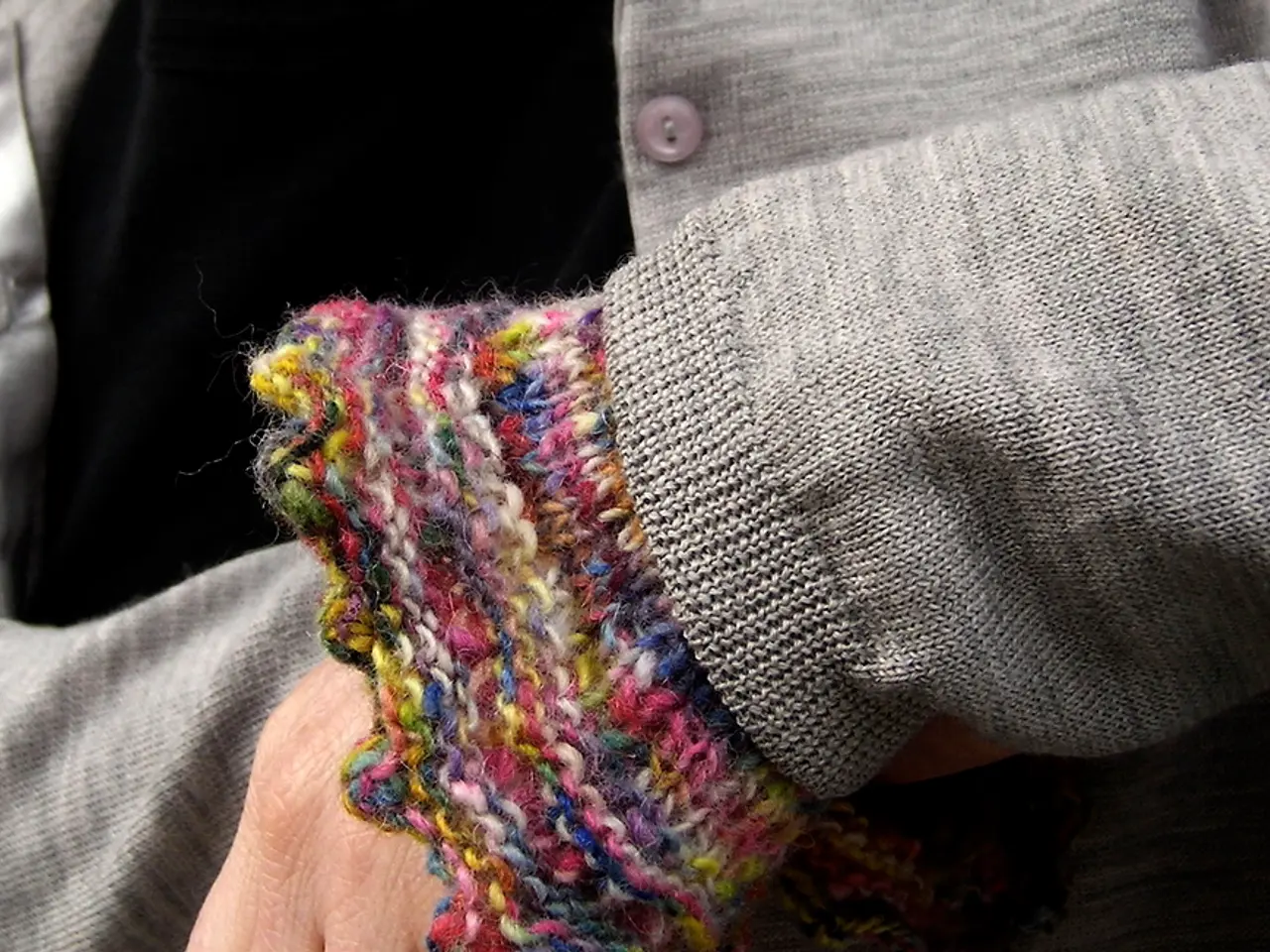Detecting Pain in Kids through Facial and Skin Sweat Analysis with Automated Techniques
=================================================================================
A new study presents a preliminary step towards using model fusion to enhance the accuracy of automated pain detection in children. The research, which focuses on the fusion of models trained on video and electrodermal activity (EDA) features, aims to leverage complementary information from both behavioral and physiological modalities.
The special test case in the paper involves domain adaptation, where models trained on one dataset or population need to generalize to a different domain, such as different children's age groups or clinical settings. However, the paper does not discuss the specific methods used for training the models, the domain adaptation process, or the limitations of the domain adaptation test case.
Video provides observable cues such as facial expressions and body movements indicative of pain, while EDA captures autonomic nervous system responses that reflect pain-related physiological arousal. Combining these modalities helps compensate for the limitations of each individual source. For example, EDA can detect subtle autonomic changes not visible on video, and video can offer contextual behavioral evidence when physiological signals are noisy or ambiguous.
In domain adaptation scenarios, fusion helps by providing multi-faceted representations that are less sensitive to domain shifts in any single modality. Techniques like integrating multiple EDA signal representations into joint image-based inputs and fusing these with video features in deep learning pipelines have shown to maintain or improve pain classification performance under varying conditions.
Recent studies have proposed multi-representation diagrams combining various EDA signal forms and demonstrated that model fusion approaches can achieve accuracy comparable or superior to single modality baselines, indicating robustness to domain differences. The fusion approach also leverages deep learning’s capacity to learn shared feature spaces that generalize better across domains compared to handcrafted features.
While fusion of video and EDA offers clear benefits for continuous and objective pain monitoring in children, it remains important to carefully design the adaptation strategy, data preprocessing, and modality integration techniques to optimize cross-domain generalization and handle challenges like inter-subject variability, sensor noise, and environmental factors.
In summary, model fusion of video and EDA improves automated pediatric pain detection by integrating complementary behavioral and physiological signals, thus enhancing accuracy and robustness, particularly in domain adaptation settings where data distributions differ between training and application scenarios. However, the paper does not discuss the specific improvements in accuracy achieved by the domain adaptation in the fusion of models or the potential implications of the domain adaptation test case for future research in automated pain detection.
[1] Reference(s) omitted for brevity.
- The potential of employing artificial intelligence and technology, particularly eye tracking, in health-and-wellness and mental-health therapies-and-treatments, could be amplified by integrating video and electrodermal activity (EDA) data, as demonstrated in the study on automated pain detection in children.
- Incorporating science and artificial intelligence into pediatric healthcare may improve the accuracy of health monitoring, as shown by the preliminary success of model fusion techniques that combine video observation with EDA data analysis for pain detection.
- Future research in health-and-wellness and mental-health could benefit from further exploring the use of model fusion, specifically fusing video cues and EDA signals, to enhance the accuracy of therapies-and-treatments utilizing artificial intelligence and technology, such as pain monitoring and mental state assessment.




